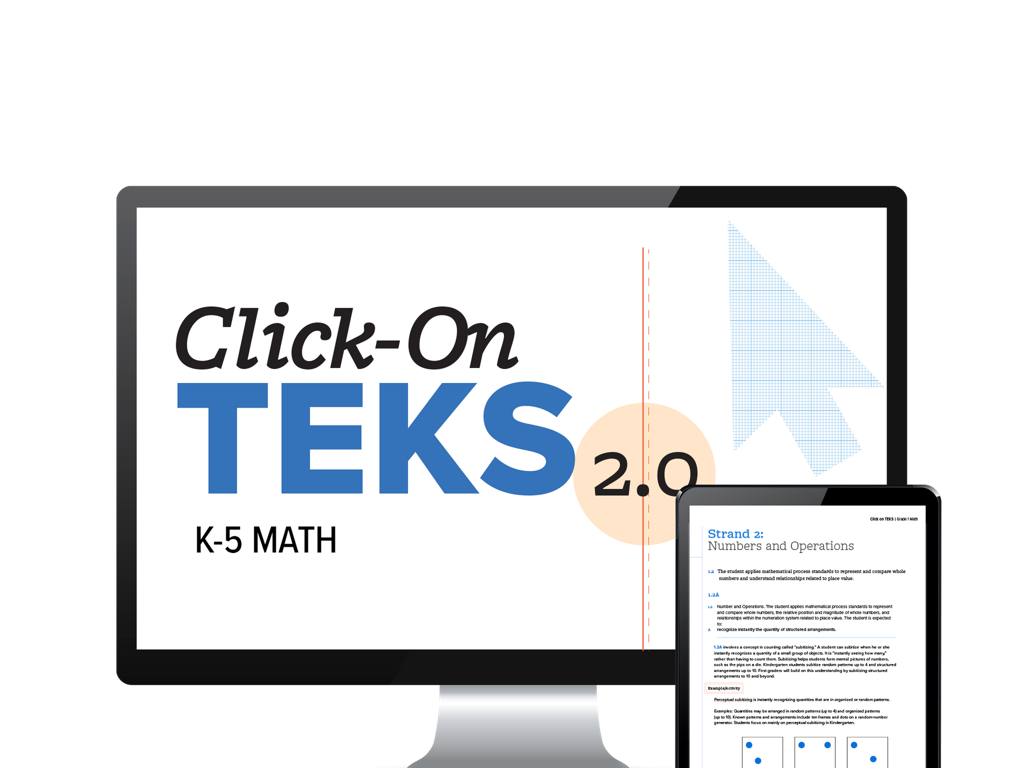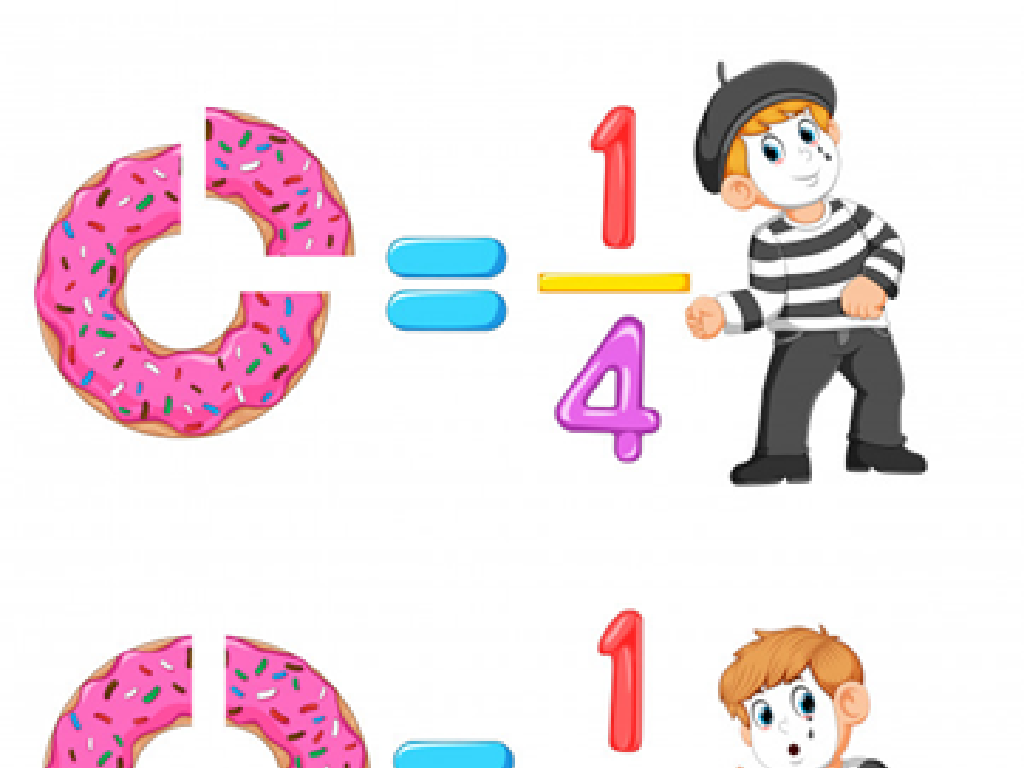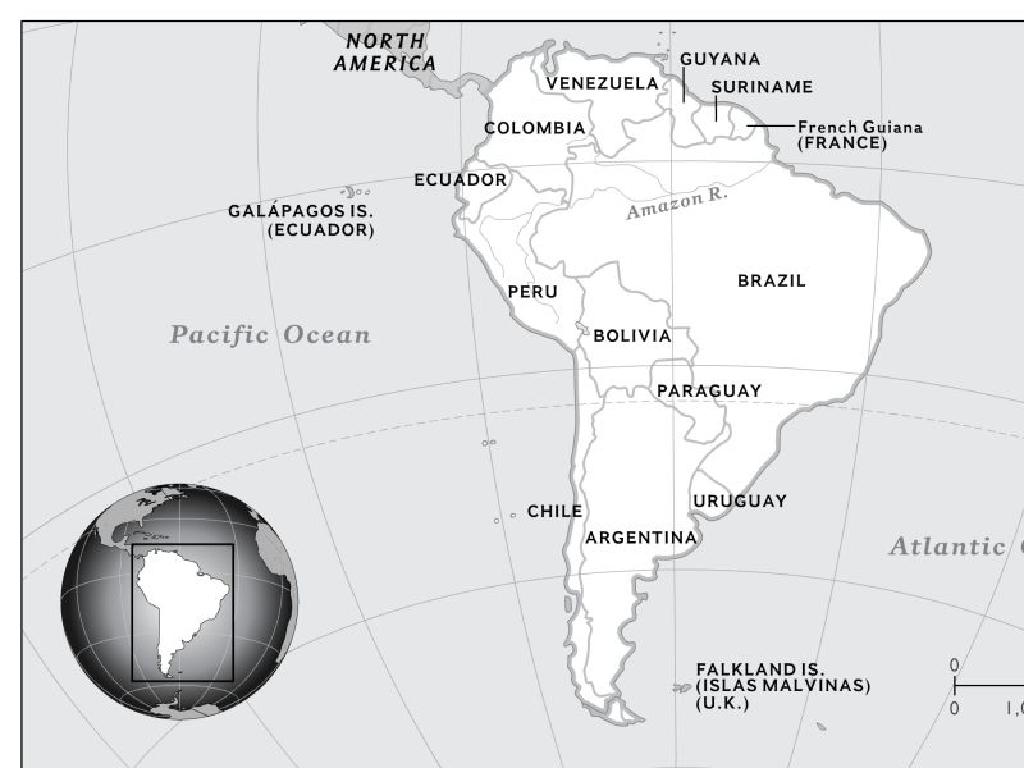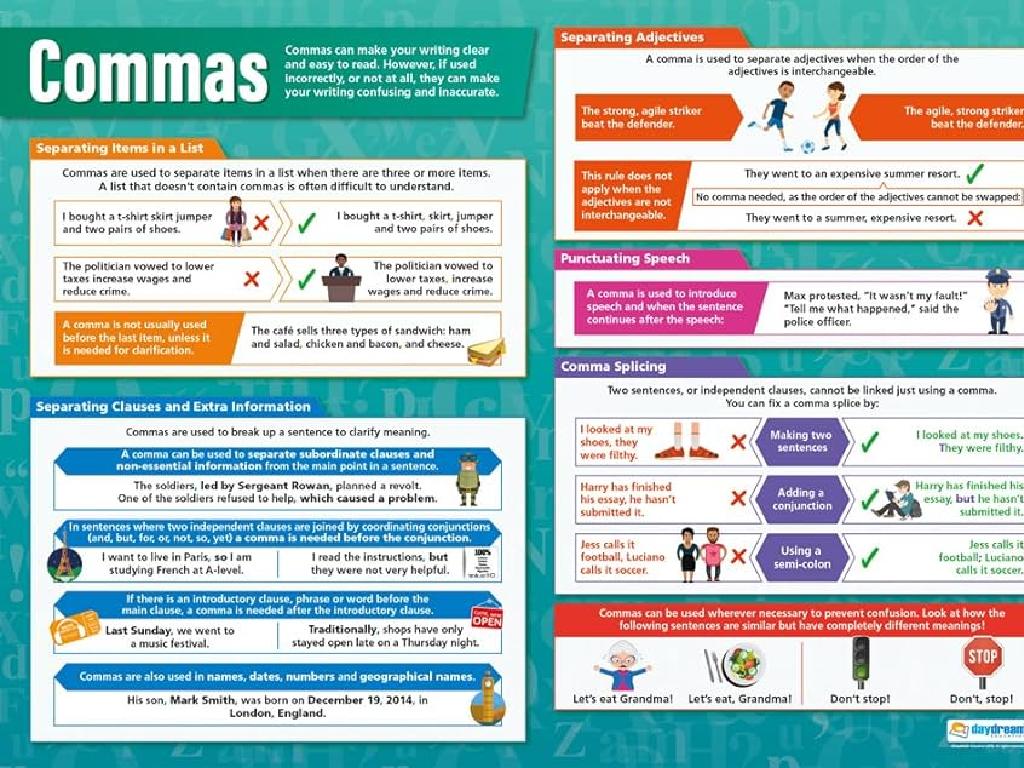Round Decimals
Subject: Math
Grade: Seventh grade
Topic: Decimals
Please LOG IN to download the presentation. Access is available to registered users only.
View More Content
Introduction to Decimals
– What are decimals?
– Decimals represent fractions of a whole number.
– Role of the decimal point
– It separates the whole number from the fractional part.
– Decimals in everyday life
– Used in money, measurements, and time.
– Rounding decimals
|
Begin the lesson by defining decimals as numbers that contain a decimal point to represent a whole number plus a fraction of a whole. Explain the purpose of the decimal point and how it is used to separate the whole number part from the fractional part. Provide relatable examples such as money (dollars and cents), measurements (meters and centimeters), and time (hours and minutes) to illustrate the use of decimals in daily life. Conclude with an introduction to rounding decimals, which simplifies numbers by reducing the digits after the decimal point while keeping the value close to what it was. The slide sets the foundation for understanding how decimals are used and prepares students for more complex operations involving decimals.
Understanding Decimal Place Values
– Review whole number place values
– Learn decimal place values
– Places after the decimal point: tenths, hundredths, thousandths, etc.
– Explore place value chart
– Visual chart showing places from ones to thousandths
– Practice rounding decimals
– Use place value to round decimals to nearest whole number or decimal place
|
Begin with a quick review of place values for whole numbers to ensure a solid foundation. Then, introduce the concept of decimal place values, emphasizing the tenths, hundredths, and thousandths places. Use a place value chart to visually demonstrate the position of each decimal place relative to the whole number. This will help students understand the value of each digit in a decimal number. Finally, engage students with examples to practice rounding decimals to the nearest whole number or specified decimal place, reinforcing the concept of place value. Encourage students to explain their rounding process to solidify their understanding.
Understanding Rounding Decimals
– Define rounding of numbers
– Rounding means approximating a number to a nearby value for simplicity.
– Reasons for rounding decimals
– To simplify calculations, save time, and communicate less exact figures.
– Rules to round numbers
– If the next digit is 5 or more, round up. If it’s less than 5, keep it the same.
|
This slide introduces the concept of rounding decimals, which is a fundamental skill in mathematics. Rounding helps in simplifying numbers, making them easier to work with, especially when exact values are not necessary. It’s important to explain that rounding can affect the precision of a number but can make it more understandable and manageable in everyday situations. Emphasize the rules for rounding: look at the digit to the right of the desired decimal place, and round up if it’s 5 or higher, or stay the same if it’s lower. Provide examples to illustrate these rules, such as rounding 3.146 to 3.15 (since the next digit, 4, is followed by a 6 which is 5 or more).
Rounding Decimals
– Identify rounding place value
– Examine the digit to the right
– If the digit is 5 or more, round up
– Apply rounding rules
– If it’s less than 5, keep the place value the same
– Practice with examples
– Use example: Round 3.146 to the nearest tenth
|
This slide introduces the concept of rounding decimals, a fundamental skill in mathematics. Start by determining the decimal place to which you need to round (e.g., nearest tenth, hundredth, etc.). Next, look at the digit immediately to the right of the place value you’re rounding to; this is the deciding factor for rounding up or down. If this digit is 5 or higher, you round up. If it’s 4 or lower, the number stays the same. Provide several examples for students to practice, such as rounding 3.146 to the nearest tenth (3.1), and explain why the number was rounded down in this case. Encourage students to work through problems and understand the rationale behind the rounding rules.
Rounding Decimals: Mastering Precision
– Round decimals to whole numbers
– If 5.76 is rounded, it becomes 6
– Round decimals to the nearest tenth
– 3.141 becomes 3.1 when rounded to the nearest tenth
– Round decimals to the nearest hundredth
– 7.349 becomes 7.35 when rounded to the nearest hundredth
– Practice with examples
|
This slide aims to teach students the concept of rounding decimals to various places: whole numbers, tenths, and hundredths. Start by explaining that rounding helps to simplify numbers, making them easier to work with. For whole numbers, look at the first decimal place: if it’s 5 or more, round up. For tenths, focus on the second decimal place with the same rule. For hundredths, the third decimal place determines the rounding. Provide ample practice problems for each type of rounding and encourage students to explain their reasoning for the rounding direction they choose. This will solidify their understanding and prepare them for more complex mathematical operations involving decimals.
Let’s Practice Rounding Decimals
– Practice rounding to different places
– Class examples on rounding decimals
– Example: Round 3.14159 to the nearest tenth, hundredth
– Open discussion for questions
– What parts are confusing or unclear?
– Address challenges together
– Share strategies to overcome difficulties
|
This slide is aimed at engaging students in active practice of rounding decimals to various places. Start with simpler examples and gradually increase complexity. Encourage participation by having different students solve problems on the board. After working through examples, open the floor for students to ask questions or express specific challenges they are facing. Address these as a class, discussing different strategies and methods to round decimals effectively. This collaborative approach helps students learn from each other and reinforces their understanding of the concept.
Class Activity: Round-Off Relay
– Form groups for a relay
– Each student rounds one number
– Round the decimal to the nearest whole number
– Pass the number to the next student
– First group to finish correctly wins
|
This activity is designed to encourage teamwork and quick thinking as students practice rounding decimals. Divide the class into small groups and give each group a set of decimal numbers. Each student in the group is responsible for rounding one number to the nearest whole number before passing it to the next student. The first group to round all their numbers correctly wins a small prize. This game helps reinforce the concept of rounding and provides a fun, competitive way to engage with the material. Possible variations include rounding to different places, such as the nearest tenth or hundredth, to adjust the difficulty level.
Conclusion: Mastering Rounding Decimals
– Recap on rounding decimals
– Review the steps we’ve learned for rounding off decimal numbers.
– Importance of rounding accuracy
– Accurate rounding is crucial in real-world applications, like financial transactions.
– Homework: Practice problems
– Solve the assigned problems to reinforce today’s lesson.
– Review in next class
– We’ll discuss solutions and clarify doubts in our upcoming session.
|
As we conclude today’s lesson on rounding decimals, it’s important to emphasize the key steps students should follow when rounding off numbers. Highlight the significance of accuracy in rounding, especially in practical scenarios such as money handling or measurements. For homework, assign a set of problems that cover a range of decimal places to ensure students practice and solidify their understanding. In the next class, be prepared to review these problems, discuss common mistakes, and answer any questions to ensure all students are confident in rounding decimals.






